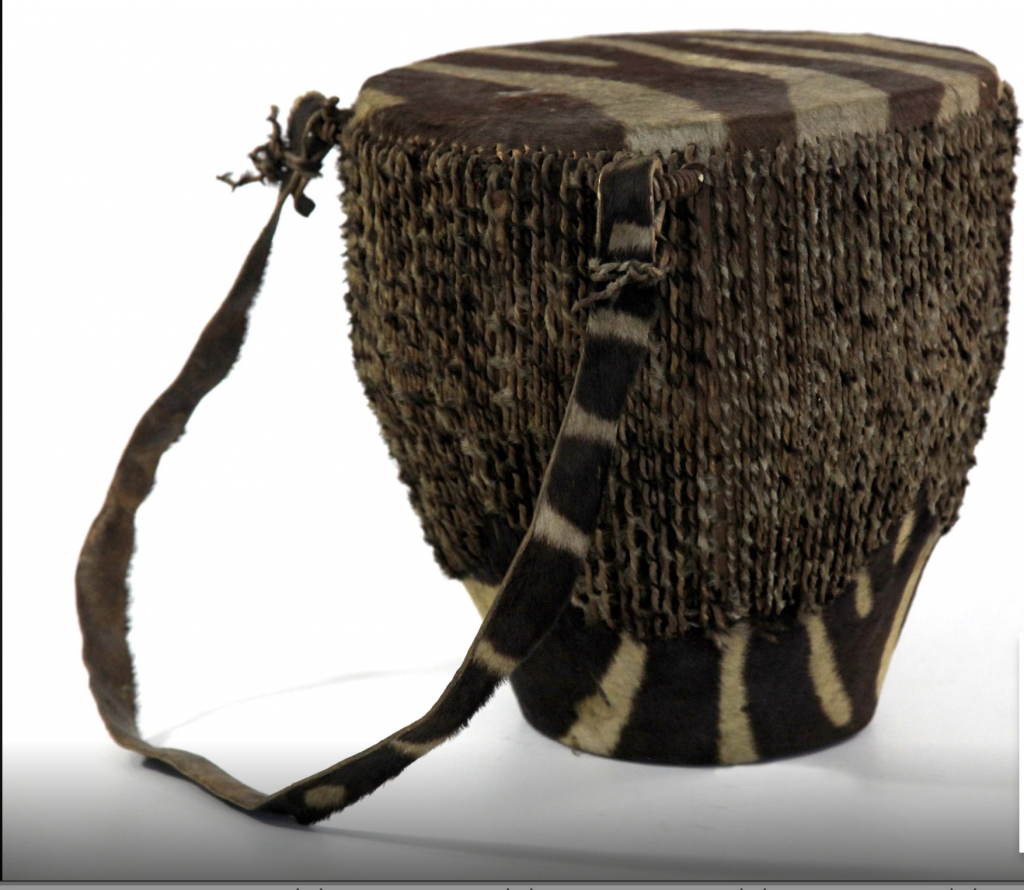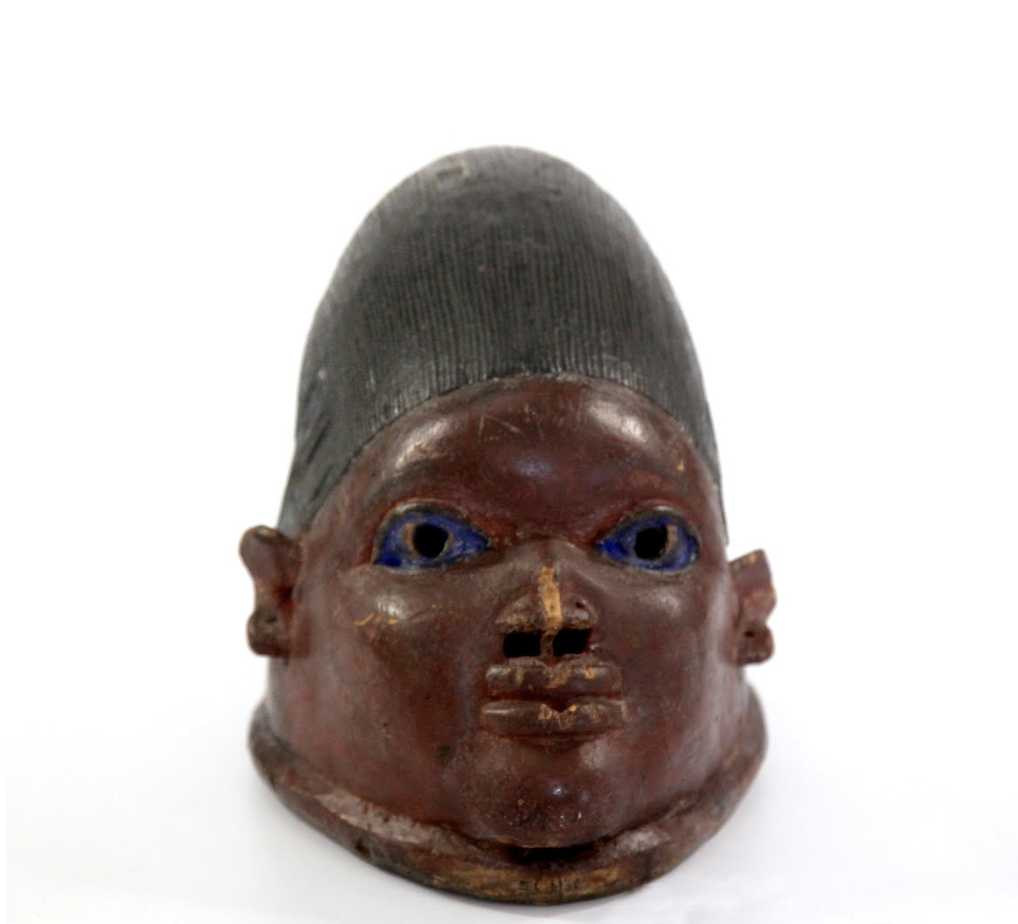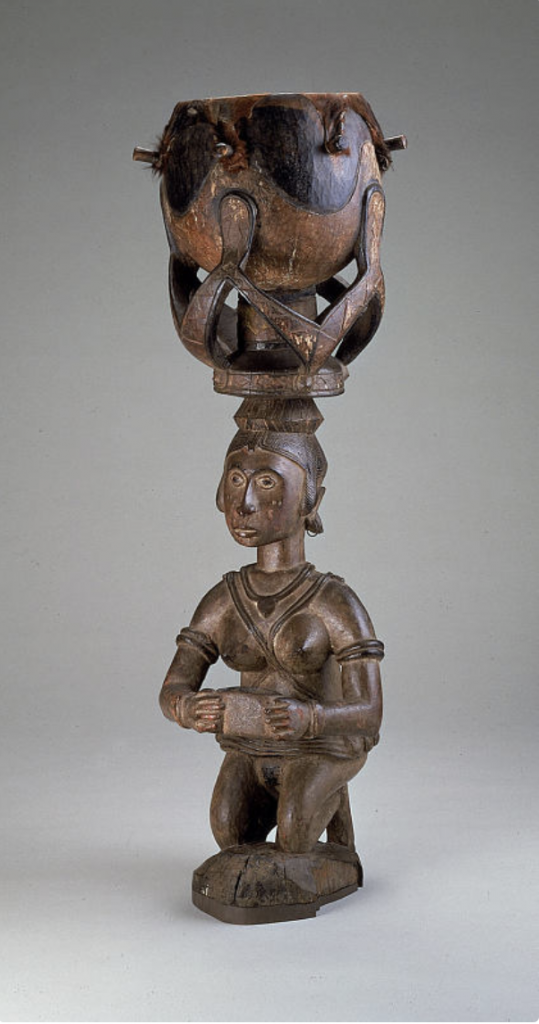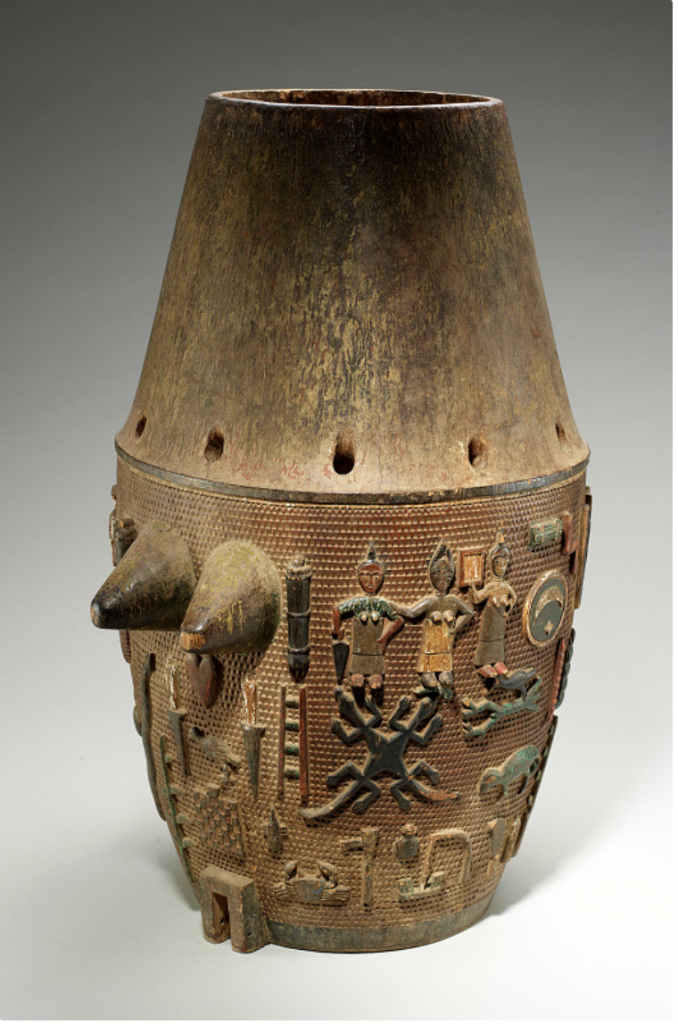_____________________________________________________________

Originally, I had planned to fulfill my LeADERS Diversity requirement by participating in two Diversity Institute sessions that were being offered at Old Dominion. Unfortunately, with the unforeseen impact of the Covid-19 pandemic, Old Dominion had to close its doors and the Diversity institute sessions were canceled. There was a glimmer of hope, however, as a new opportunity presented itself in the form of digital exploration. Through the use of digital galleries, exhibits, and showcases from various different museums offering virtual tours through their halls and rooms. It was through these tours that I was self-guided through many beautiful displays of paintings, artifacts, ancient relics, and even more modernized pieces. The main focus of this project was to open yourself to a culture different from your own through the use of its artifacts and then reflect on how these chosen artifacts teach about the human experience. There were many options to choose from such as love, food, travel, occupations, political topics, fashion, and a plethora more. After much contemplation and deliberation within my head about my own experiences, I decided upon connectedness; specifically, familial and societal connectedness. My last dilemma was deciding which culture I was going to experience to bring my idea to fruition.
I stumbled across the Kumbukumbu African exhibit while on my journey of exploration and that is where my searching stopped. I was fascinated with all of the artifacts presented as I scrolled through the photographs. I stopped when I came across a drum lined with zebra skin and hand-woven rope; I decided then that I wanted to foster connectedness through music of the African culture. I found many amazing artifacts within the Kumbukumbu African exhibit and exhibits from the Smithsonian’s National Museum of African History and one from a museum located in South Africa. I was able to compile five that I wanted to bring to life. The research I did unveiled many new and valuable lessons about how the simplest of gathering can instill a sense of belonging, love, acceptance, healing, and overall familial and societal connectedness all through the use of music and dance. I was able to highlight this amazing culture by creating a webpage dedicated to the significance of each piece to the birth of connectedness through various rituals involving cultures that span the entire continent of Africa. I was truly inspiring to be taken into another world and understand the differences that lie beyond our borders.

The picture above is a clickable link that will take you to the webpage.
Explanation and Reflection
_____________________________
The five artifacts that I settled on were that of a Ugandan drum, a Gélédé mask, a female drum, an exhibit of the San People, and an Asante drum. The Ugandan drum is what started me on my newfound desire for knowledge. When researching the significance of the drum to African culture I learned that there are many significances of drums to African culture ranging from being a symbol of power or tribal affiliation, to being used to present speeches to the village. Most notably, however, is the drums (and other musical instruments) symbolism of familial and societal connectedness and gathering. Much of the use of drums is during ceremonies, societal gatherings, a call to order, and much more. Next was the Gélédé mask which originates from the society of the Yoruba-speaking people, which is a secret society of women. It is recounted that these masks are used within dance rituals to address the themes that come from the struggles of everyday life. This centuries year old tradition accompanies the use of musical traditions to bring the people of the village closer together.

Ugandan Drum 
Gélédé Mask 
Baga Drum 
Asante Drum
The female drum is a symbol used to celebrate the beauty, hard work, and societal contributions of the women residing within the Baga society. This is yet another way that Africans use music to bring about familial and societal connectedness. Next, and perhaps my favorite, was an exhibit depicting the San people located in the Iziko South African Museum. Their heritage of hunter-gatherer dates back more than tens of thousands of years as do their traditions. Their oldest and most integral tradition is known as the trance dance or as the healing dance. The trance dance is an ancient tradition characterized by an all-night ceremony that is led by the healers and elders of the village, dancing around a fire. This practice is to bring the community together as a whole and heal those who have become ill. Lastly is the Asante drum. It originates from the Asante tribe and their neighboring peoples. This drum is littered with images that all have their own meaning that is to be followed by the tribe and its entirety. Although I prefer the physical aspects of touring a museum in person, it was still an intriguing experience to wonder the webpages and get close enough to the artifact it felt almost reachable. I have traveled many countries on many continents, so it was difficult to adjust to this method at first, but by the end of the project I was happy with what I had created, what I had learned, and what I was able to experience thanks to this amazing program. It was truly amazing and inspiring to take a dive into the depths of a culture I had never explored before and gain new insight into how they thrive. The most optimum part is that I will be able to take these lessons and hopefully converge them into my life and future career.
Career Applications
________________________
During the creation of this project I found myself utilizing many useful skills that can coincide with those in a professional setting. I think that one of the most utilized skills was obtaining and processing information. I intend to be an Industrial/Organizational psychologist and a main part of that is having the capability to compile research from relevant literature and be able to disseminate the information in a clear and concise way so that other will be able to understand. This is what I was able to do with the research found on the African culture and creating the webpage to present what I was able to process. This also displays my abilities to create written reports and my proficiency of the use of computer software and internet applications. I found myself determined setting small goals for myself throughout the creation process. With each found artifact I would have a goal set to find relevant research and then writing the description before taking a short break. I would write the descriptions within Microsoft Word before transferring the information to the webpage. After the break I would repeat the process until I finally had a finished product. During these breaks I had to be sure I was not settling in to comfortably and I always had a time set so that I knew when I would be getting back to work. The utilization of time management was a key aspect of finishing this project within the allotted deadline while also producing the best information possible. Lastly, I felt as though completing this diversity assignment brought my persuasion skills to the light. Throughout my writing I felt as though I had to be able to persuade my readers towards my point of view. I believe this is an important aspect within the professional realm since a lot of business, and even psychology, is found in the basis of persuasion whether its convincing a potential business partner or trying to verbally convince a patient that you will be able to help them through their issues. I believe that the growth of these abilities through this experience will aid me in my future efforts of applying to jobs and trying to stand out from the monotony of typical business.